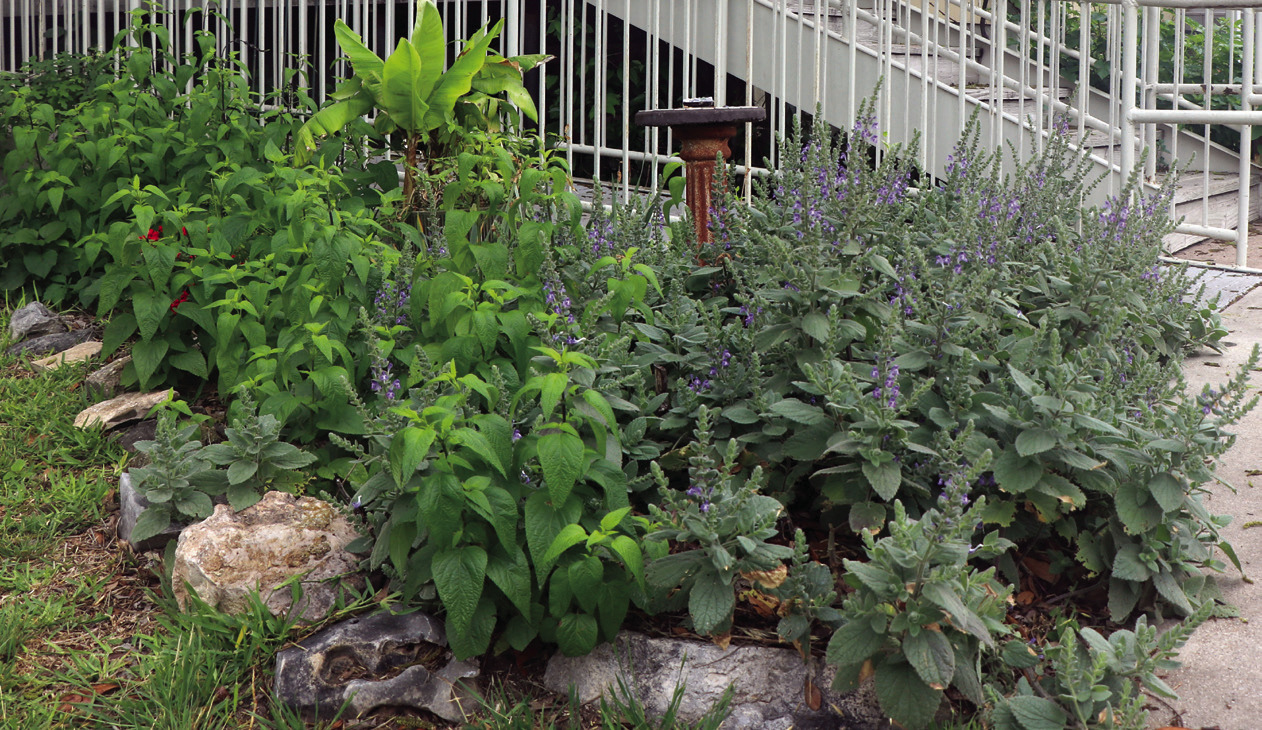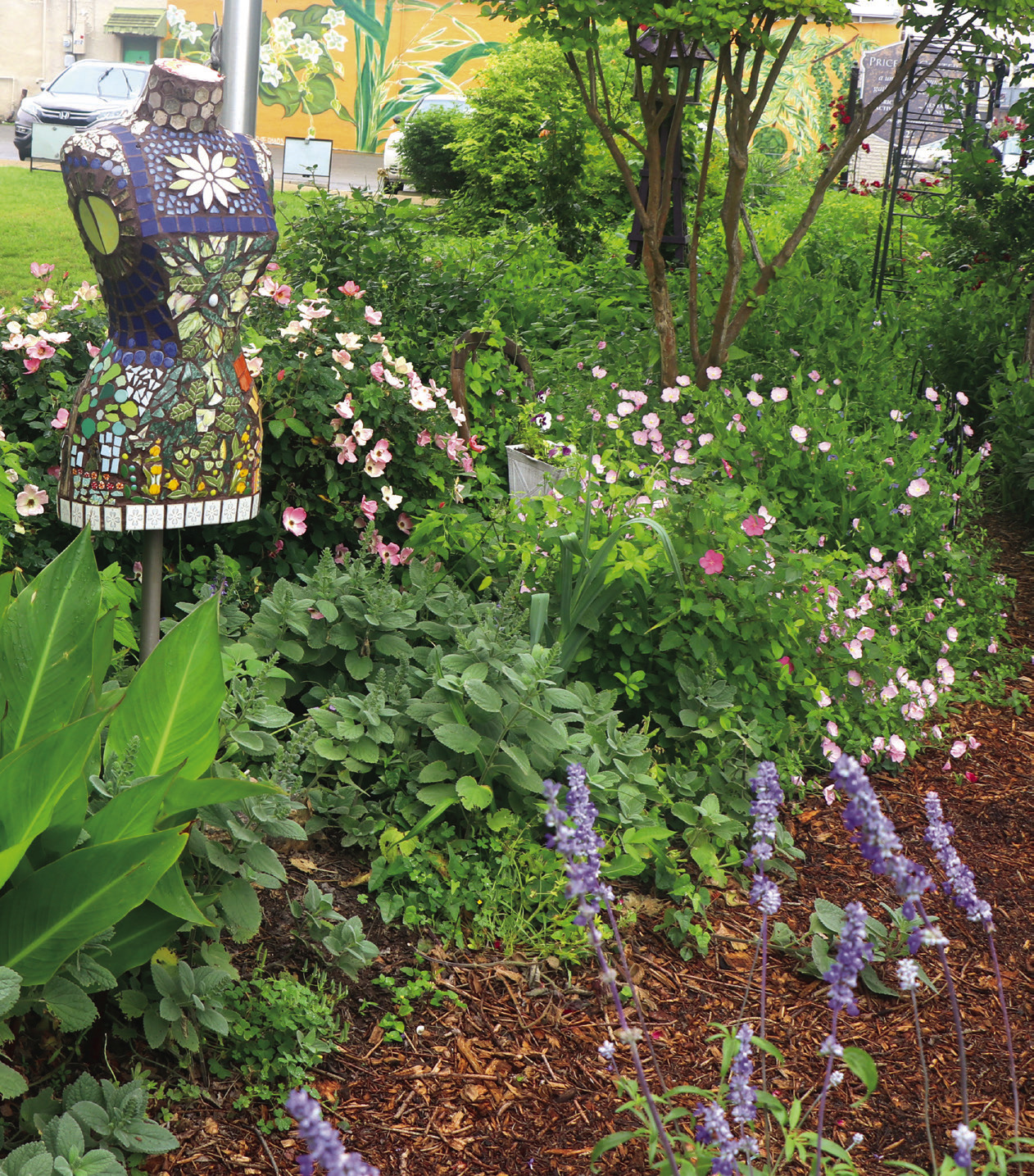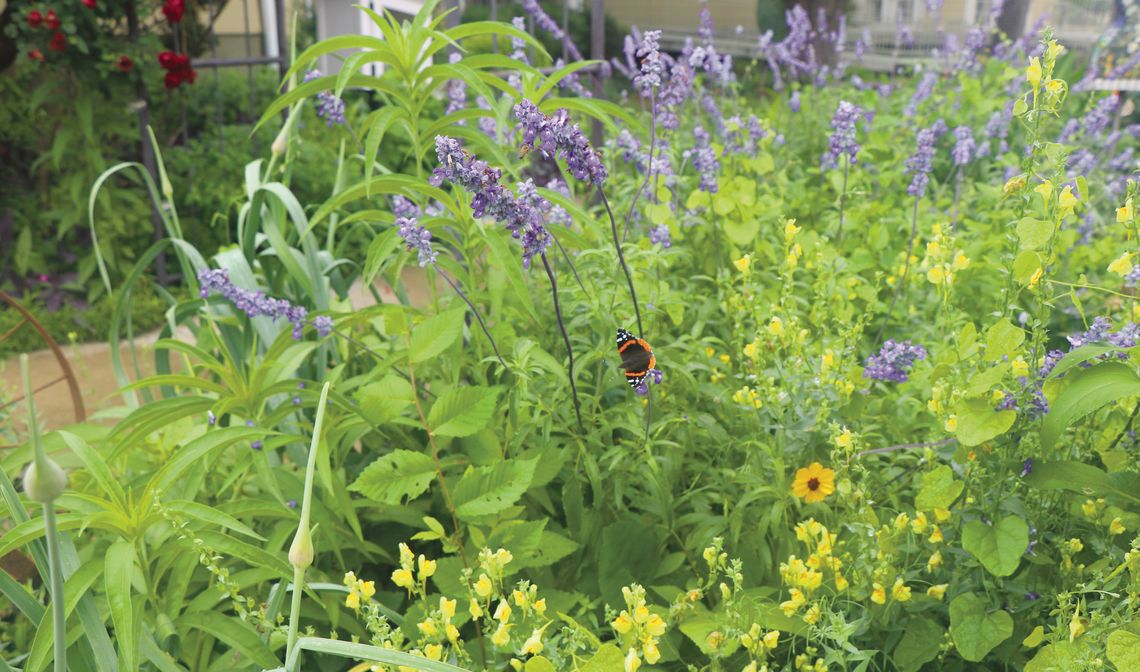Converting to a native landscape is easier than you think
Most lawns are covered with weeds that survived and thrived the long, hot, dry summer of 2023. If you are dreading the thought of fighting weeds and spending time and labor to maintain your turf grass or pay someone to do it, then think of the alternative. While your yard dimensions remain the same, you can reduce the size of what is covered in turf grass. Nationwide, 50 million acres are covered by turf grasses that annually consume three trillion gallons of water and require 70 million pounds of pesticides. Lawn fertilizer runoff ends up in storm drains or natural bodies of water. The result is algae blooms that deplete oxygen in the water and kill aquatic plants and animals. Lawn chemicals also have direct risks to wildlife and humans. Lawns are a sterile environment devoid of healthy ecosystems.
The thought of replacing your lawn with alternatives is daunting. How do you eat an elephant? One bite at a time. The key is long-term planning that attacks small areas at a time. Homeowners may have spaces that they already wish were devoid of grass like shady spots, hard-tomow places, slopes or sections of water runoff.
Replacing grasses with hardscaping is trading one bad idea for another. Impermeable surfaces increase rainwater runoff, soil erosion and increase the chances of flooding your yard. Hardscapes also provide a dead space where subterranean life essential to a healthy ecosystem is destroyed. Rocks or crushed granite are not maintenance free as they need to be blown off weekly or leaves, seeds, and other plant material will creep in and weeds will occur again. While mulch and landscaping can reduce soil temperatures, hardscapes can reach 140 – 170 degrees in the summer and reflect heat toward your home. Hardscapes do not rid your yard of insects. In fact, hardscapes provide a home to scorpions, pill bugs, millipedes, centipedes, spiders, slugs and snails.


The Price Center incorporates native-plants landscaping, using a variety of wildflowers to attract pollinators such as Red Admiral butterflies (top photo) and bees. Photo by Celeste Cook
The easiest way to convert lawn to landscaped areas is to use lasagna or sheet mulching. Designate your area and cut the grass as short as possible. Design a border which allows for the area to be built up several inches. Dig out a space six inches inside the border. Place your plants within the space, water thoroughly, remove grass around the bottom of the plants and cover in a thin layer of mulch. Then place heavy cardboard (not laminated and remove any plastic cord or tape) over it, so the pieces overlap. Soak the cardboard and then cover in three inches or more of shredded mulch and again water it down. Mulch can be layered with newspaper, leaves, twigs, wood chips, compost, bark or pine needles. Every year, mulch will need to be replenished.
If you have trees or large shrubs, start by removing the grassy areas that extend beyond the perimeter of their crowns. If you do not have trees or large shrubs, consider this as your first project that will reap the most benefits. Gradually increase small areas with landscaping or gardens instead of grass. There are many exciting opportunities as your yard can now be home to native grasses, annuals, perennials, cacti areas, herb and vegetable gardens, pollinator and wildflower sections or raised beds and containers. Luckily, a lot of support is available if you are not sure about which plants to obtain or how to plant them. Hays County libraries host Master Gardener’s Information Tables that provide free materials and programs to educate any level of gardeners. The Discovery Center in San Marcos has demonstration gardens, programs, events, and workshops at no cost. These are the essential websites that all gardeners should depend on for researched based information: aggie- horticulture.tamu. edu/earthkind/, www. austintexas.gov/page/ grow-green-fact-sheets, aggie-horticulture.tamu. edu/vegetable/easy-gardening-series/, and texassuperstar. com/.
According to Texas laws (Senate Bill 198), if you choose water-conserving turfs or drought-resistant landscaping, your HOA cannot prohibit you from making these changes. So, the choice is yours.








